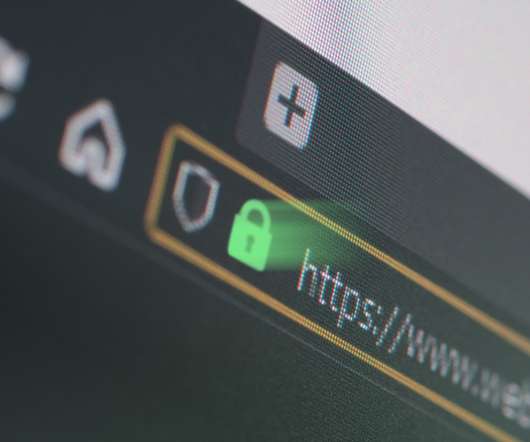DNS-over-HTTPS takes another small step towards global domination
Malwarebytes
JULY 12, 2021
Firefox recently announced that it will be rolling out DNS-over-HTTPS (or DoH) soon to one percent of its Canadian users as part of its partnership with CIRA (the Canadian Internet Registration Authority), the Ontario-based organization responsible for managing the.ca DNS-over-HTTPS is designed to shut out everyone else.












Let's personalize your content